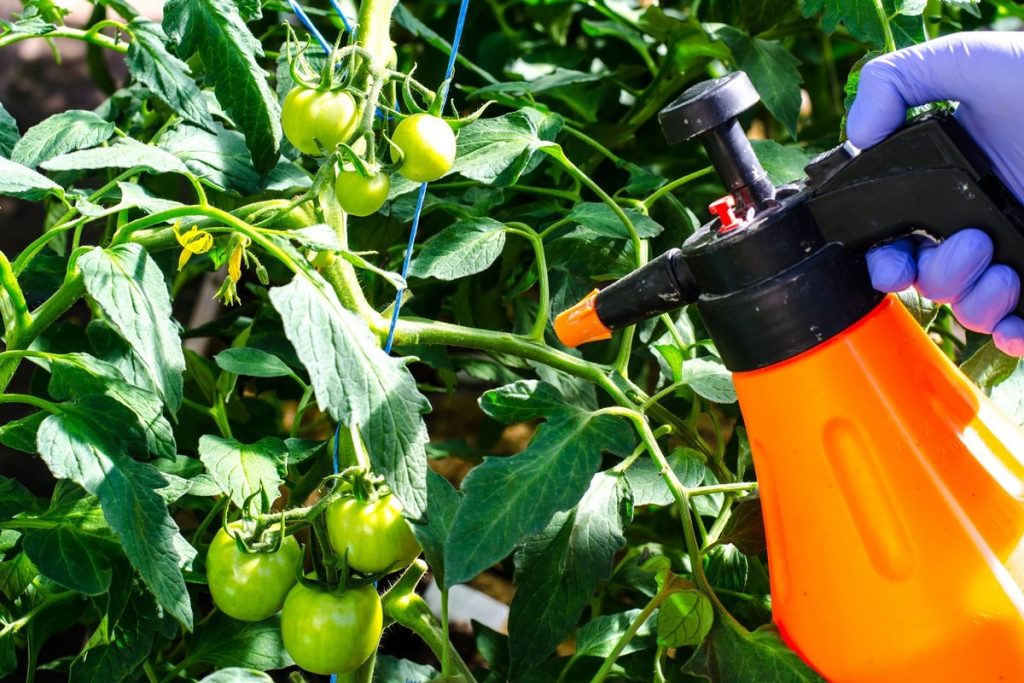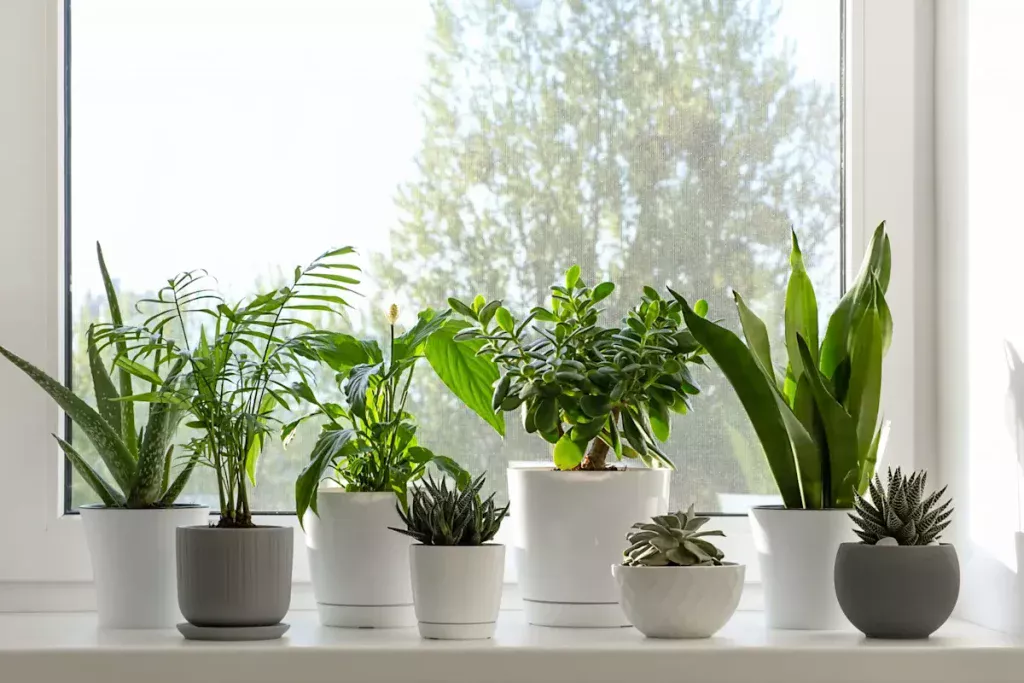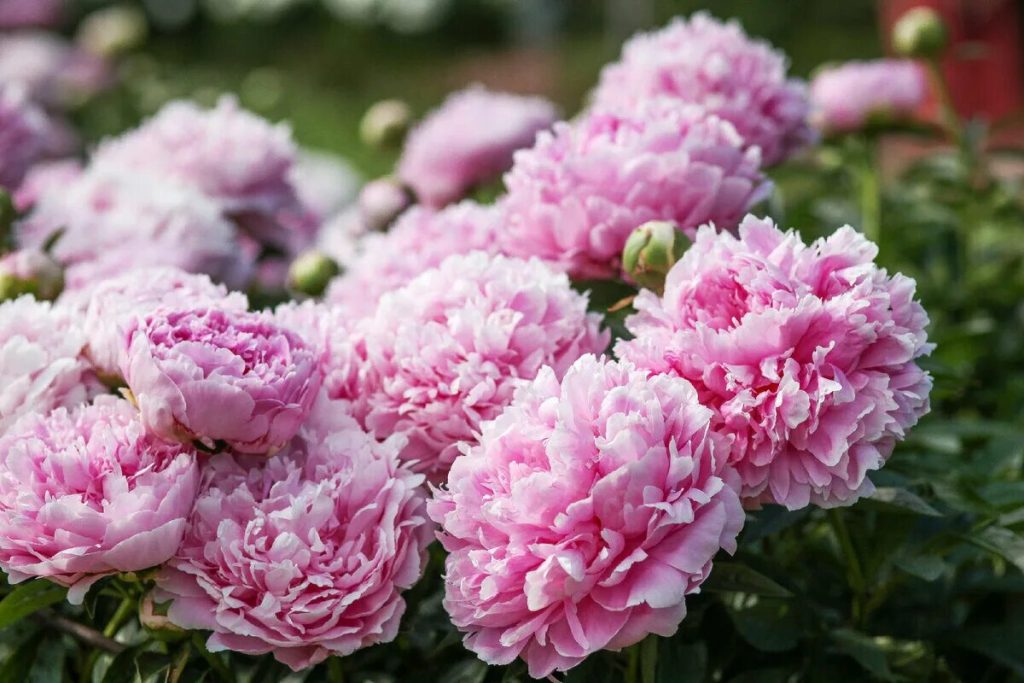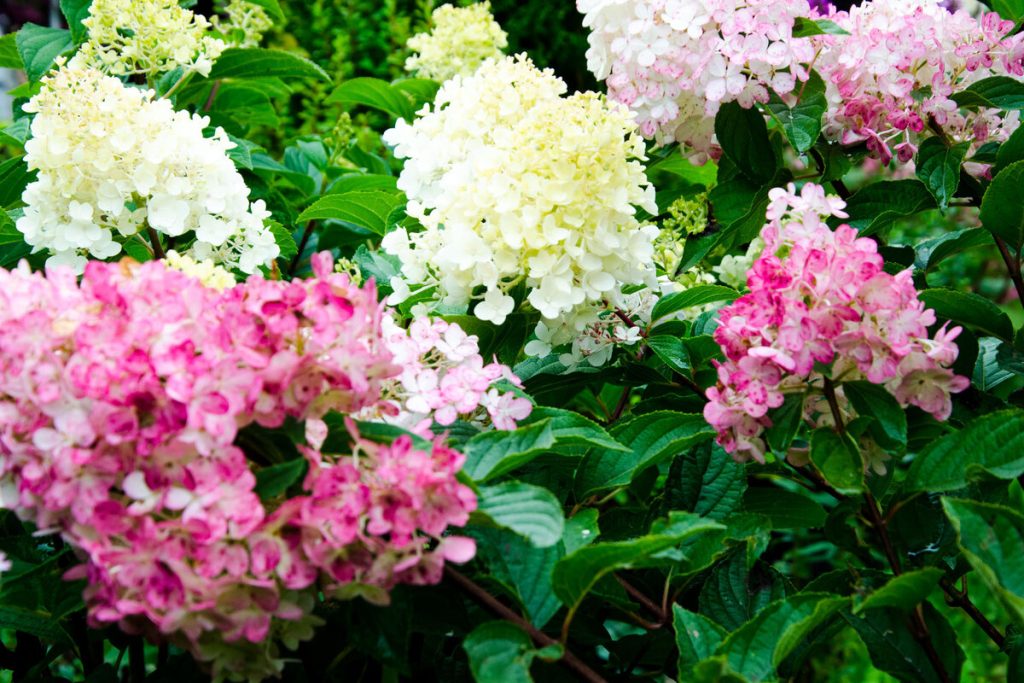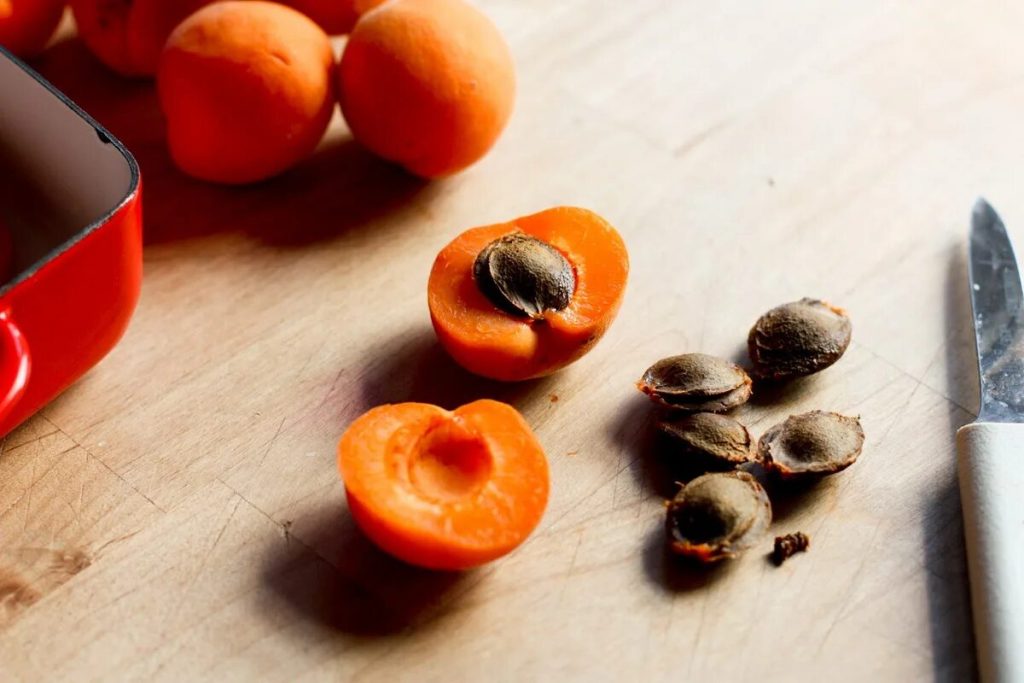This organic yeast spray acts as a biostimulant. Find out when and how to use it to prevent yellowing of tomatoes.
- Yellow tomato leaves — a symptom that cannot be ignored
- Yeast in the garden — what does science say?
- How to make a yeast spray for tomatoes?
- Fermented version — even stronger effect
- How does yeast affect the soil and microbiome?
- Best practices — when and how to use yeast?
- Does it really work? Yes, but not always.
Yellowing tomato leaves don’t have to be a disaster. A small cube of yeast and a few liters of water are all you need to make a homemade spray that will improve plant health and support biological life in the soil. Find out how it works, when to use it, and why it’s really worth having in your gardening arsenal.

Yellow tomato leaves — a symptom that cannot be ignored
Yellowing tomato leaves are one of the first symptoms of physiological stress or infection. This is usually caused by a nutrient deficiency, primarily nitrogen, magnesium, and iron, but it often also indicates an imbalance in the microbial population in the soil or a pest infestation. The loss of green color indicates a disruption in photosynthesis, a process that is critical for plant growth and yield.
Yeast in the garden — what does science say?
Baker’s yeast is a biostimulating microorganism. It contains B vitamins, phytohormones, amino acids, and enzymes that promote the development of microflora in the rhizosphere, the part of the soil surrounding the roots.
This allows plants to absorb water and nutrients more efficiently and better tolerate heat, drought, and other stress factors. Studies confirm that yeast can improve the condition of tomatoes and reduce symptoms of nutrient deficiency.
How to prepare a yeast spray for tomatoes?
The basic recipe is simple and inexpensive:
- 100 g of fresh yeast (1 cube) ,
- 10 liters of boiled warm water (about 30°C).
Dissolve the yeast in water and leave for 1–2 hours. Application:
- for spraying – preferably in the evening or in the morning, on dry leaves,
- for watering – after dilution: 1 liter of solution per 10 liters of water.
Treatment should be carried out no more than once every 14 days. Do not treat in direct sunlight or immediately before rain.
Fermented version — even stronger effect
To increase the effectiveness of the treatment, fermentation can be used:
- 100 g of fresh yeast,
- 1 cup of sugar,
- 10 liters of water.
Leave the mixture to infuse in a warm, shaded place for 7 days. Before use, dilute the fermented liquid (1 cup per 10 liters of water) and apply as a foliar or root fertilizer. Fermentation activates secondary metabolites—organic acids and alcohols—which act as prebiotics for the soil.
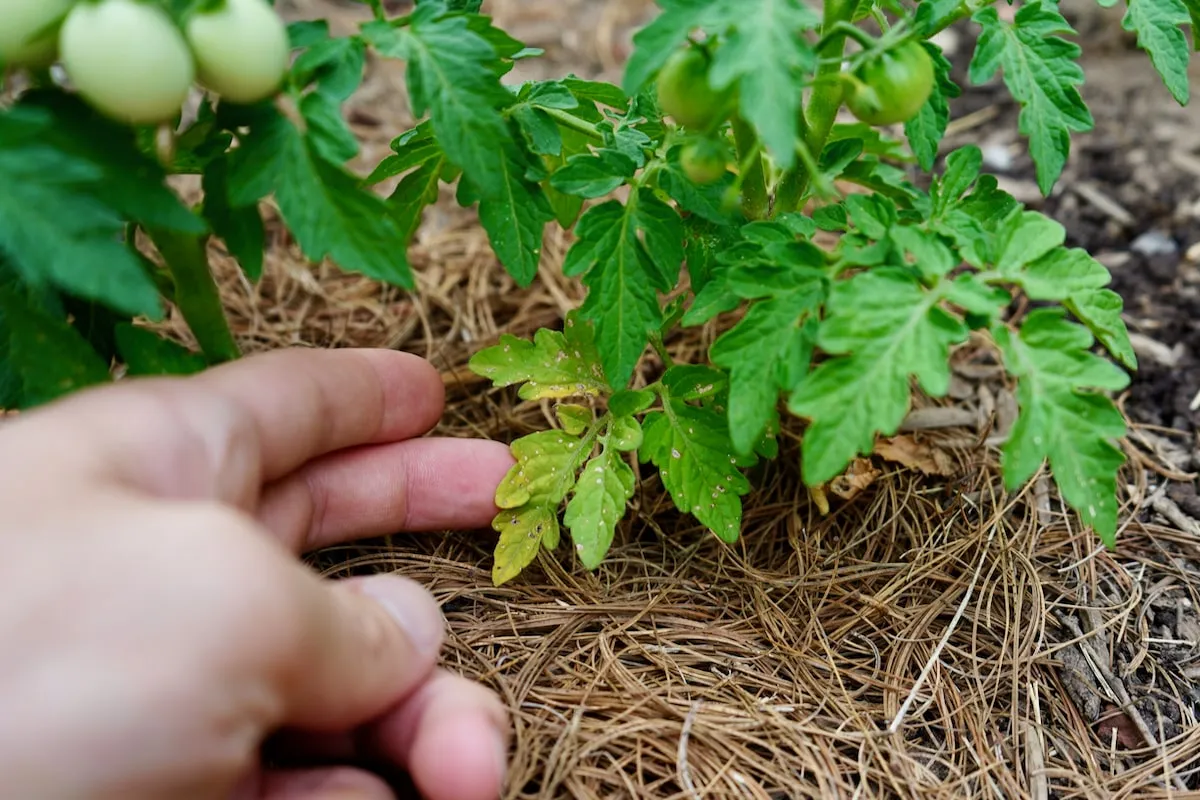
How does yeast affect the soil and microbiome?
Regular use of yeast improves soil fertility and biological activity. Yeast microorganisms promote the growth of nitrogen-fixing bacteria and mycorrhizal fungi, which increase the availability of nutrients and improve soil structure. This is especially important on infertile or dry soils. Yeast can also have an allelopathic effect, suppressing the growth of some soil pathogens.
Best practices — when and how to use yeast?
- Best time: at the beginning of growth, before and after flowering, in hot weather.
- Do not use: on diseased plants with symptoms of powdery mildew, late blight, or viruses — spraying has no therapeutic effect.
- Do not mix with mineral fertilizers or pesticides to avoid destroying the microflora.
- Check the soil pH – the optimal range for yeast activity is 6.2–7.0.
Does it really work? Yes, but not always.
Yeast spraying is not a panacea, but it provides effective biological support. It is most effective as a preventive and restorative measure, although it is not a substitute for the treatment of fungal infections (e.g., late blight of potatoes) or serious nutrient deficiencies. In combination with sensible fertilization, watering, and mulching, it can significantly improve plant health and increase yields.

